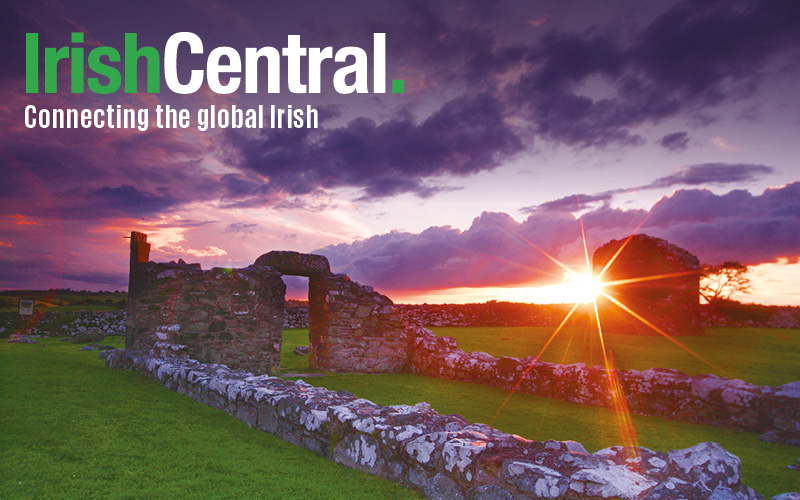The results of the Irish Republic's 2016 census are out, and the Central Office of Statistics has announced that the population of the state is now 4,757,976 – the highest it’s ever been and the highest the counties that make up the Republic have seen since the days of the Great Hunger.
The population of the Republic grew by 3.7 percent, or 169,724 during the five years 2011 - 2016, according to initial reports. This does mark a decrease in the net population growth seen in recent years: 8.1% in 2006 and 7.4% in 2011. The population of the state at the time of the 2011 Census was 4.58 million.
Most parts of the state saw population increases. This was particularly true in four administrative areas of Dublin, along with the commuter belt counties of Meath, Kildare and Laois and the cities of Cork and Galway.
Donegal saw the most significant drop in population, at –1.5%. Mayo and Sligo also experienced population declines, but to a much lesser degree at –0.2% and –0.1%, respectively.
Donegal also experienced a lower rate of net migration (-6,731) while three areas saw a significant increase: Dublin City (7,257), Cork City (4,380) and the Dun Laoghaire-Rathdown area (4,066; also in County Dublin).
The new population total marks the highest the counties that now comprise the Irish Republic have totaled since the census of 1851, when the population was 5.11 million. Ten years prior to that, in 1841, it had been 6.53 million. The years of the Great Hunger saw one million Irish people die and nearly another two million emigrate.
Waves and surges of emigration continued until the reaching its lowest population on record during the 1961 Census: 2.82 million, which when added to Northern Ireland's population gave a total population on the island of 4.245m, a low point.
Housing statistics were also released. The number of occupied households increased by just over 49,000, an increase of 3%. As the population increased the past five years, household formation has fallen behind population growth. The number of vacant dwellings has fallen by 29,889 (13.8%) and now stands at 259,562, or 12.8%. Within this, the number of holiday homes has increased marginally between 2011 and 2016, from 59,395 to 61,204.




Comments